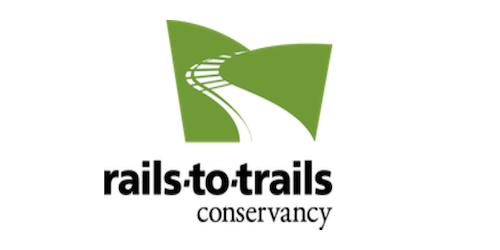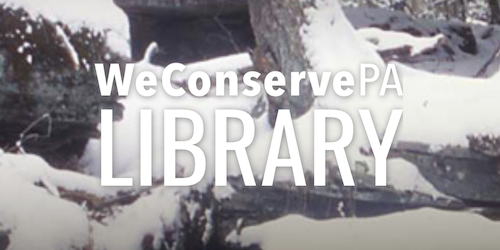Gateway communities may be in close proximity to places tourists desire to experience like parks, trails, forests, lakes, etc., however, these towns may have no further connection to them beyond amenities like hotels or recreation based businesses. Beyond these areas, traffic may backup endlessly at park entrances, and natural habitats may be deteriorating because of overuse and abuse by visitors. Historic town centers and the local identity associated them may be in decline. In some communities, residents may find they have few or no options for traveling that do not involve a car. But Recreation Trails Systems (RTS) can provide a connection between the natural environment and the built one.
RTS can offer places for walking, hiking, bicycling, horseback riding or off-road motorized vehicle use. RTS provide access to a variety of outdoor settings, creating multi-use experiences for visitors and residents, alike. They can be part of a greater regional system, connecting communities to each other and the surrounding natural environments. These trails can be designed for people of all abilities and offer options for those from 8 years old to 80. Creating a RTS can be a boon to a GNAR community by bringing people to more places at more times than can be reached solely in cars. A trail that begins in a historic downtown center may link to another trail that heads into a canyon or forest, or may run along a river. These trails can improve the visitor experience by creating options that reduce traffic by dispersing where people visit. This page provides resources, tools and case studies to help GNAR communities develop their own RTS. With many options, a community can tailor their trail system in a way that provides the greatest benefit to the largest number of people, provide specific amenities for smaller groups, or create something in between.
Resources & Tools



The Pennsylania Land Trust Association has created a useful reference page on trail easements. The page includes an introduction to trail easements, model processes and documents, legal information and consideration, location considerations, concerns about trail easements, liability, and tax benefits.


Research & Case Studies
Examples of Master Trail Plans
Created by Alta Planning and Design, this page outlines the benefits of trails as multimodal transportation routes as they contribute to quality of life, health, and the economy. This page also provides a number of examples for trail master plans with links. Examples include the Greater Yellowstone Trail Concept Plan, the Billings Montana Bikeways and Trails Master Plan, and many others.

